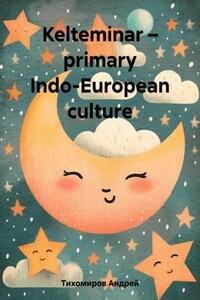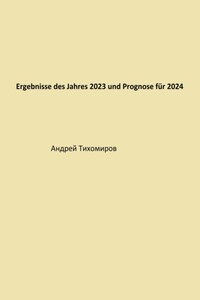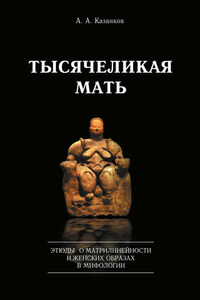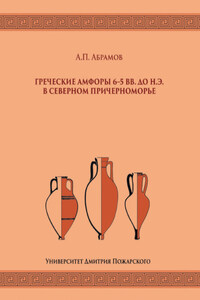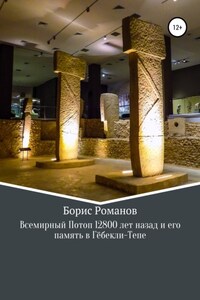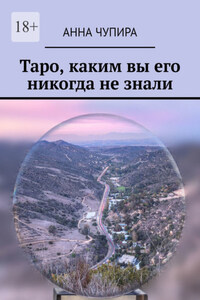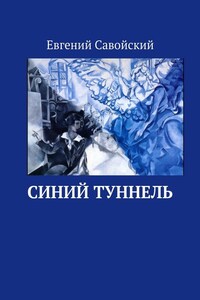This culture was established by the excavations of the Khorezm archaeological expedition led by Soviet archaeologist S. P. Tolstov in 1939-1940 and 1950 . 18 sites of the Neolithic and Bronze ages were discovered. The most important site of this culture is Dzhanbas-Kala No. 4, located 1.5 km south of the fortress. The remains of a large (24 x 17 sq. m.) ground dwelling constructed of wooden pillars and beams and covered with a conical reed roof were found here. The dwelling, which could accommodate about 100 people, served as a habitat for a matriarchal-tribal community, whose members were engaged in hunting and fishing. In the center of the dwelling there was a large "sacred" hearth – the religious center of the house, along the edges – numerous household hearths. Flint microlithoid tools, similar in type to the Neolithic tools of the Urals and Siberia, bone products, round-bottomed ceramics, ornamented with a stamp and strokes or painted with red paint, were found. The most characteristic are the navicular vessels. From jewelry – pendants and jewelry made of shells. The site dates back to the 3rd – early 2nd millennia BC . The fortress dates back to the 4th century BC – 1st century AD, that is, to a later time. The territory of the fortress is surrounded by a quadrangle (185 x 16 sq. m. m) a high wall of raw bricks with 2 rows of loopholes. Starting from the gate, a straight street divided the settlement into 2 parts; each of them represented a solid residential quarter inhabited by a group of related families. At the end of the street there was a communal sanctuary – the "house of fire". Grain grinders and animal bones were found on the settlement, indicating that the population was engaged in agriculture and cattle breeding; three-bladed bronze arrows, ceramics, terracotta figurines, bronze jewelry, beads.
The settlements of the Celteminar culture consisted of several large ground houses, oval in plan, built of wooden pillars and beams; the roof of a conical shape was covered with reeds. In the center of the house there was a large hearth with an unquenchable fire, which played the role of a sanctuary of the matriarchal-tribal community that lived here. Numerous household hearths were located on the edges of the dwelling. The main occupations of the Celteminarians were fishing and hunting, later – cattle breeding. Their flint inventory includes scrapers, incisors, punctures, scrapers, similar arrowheads. Bone cylindrical-conical arrowheads and bone tools with flint inserts were also in use. Ceramics were molded without a potter's wheel. The vessels are round-bottomed and decorated with stamped and dashed ornaments arranged in a ring-like manner. Among ceramics, navicular vessels are of particular interest. The jewelry is characterized by cylindrical shell beads and stone and shell pendants. The influence of this archaeological culture extended down the Uzboy up to the Balkhan Mountains and up to the Ural Mountains.
In the historical issue: "Aland – Arkaim: the ancient heritage of the Southern Urals". The Ministry of Culture, Public and External Relations of the Orenburg Region, the Arkaim Charitable Foundation, the authors of the text: T. S. Malyutina, G. B. Zdanovich, photos, drawings, drawings: from the archive of the Arkaim Reserve, as well as T. S. Malyutina, G. B. Zdanovich, D. G. Zdanovich, E. A. Anferova, Editor D. G. Zdanovich, Orenburg, 2013, pp. 18-19, written: "Each fortified settlement, apparently, was considered by its inhabitants as a mythical "center of the world." The settlement was imagined as being located at the point of the vertical cosmic axis and harmonized the surrounding space. The specifics of the implementation of this idea depended on the nature of the surrounding landscape. Clay tablets and vessels were found on the settlements, not only with ornaments, but also with signs – traces of incipient writing. A series of remarkable finds of small stone zoomorphic and anthropomorphic plastics can be attributed to the circle of Arkaim antiquities, which represent a new page in the history of ancient art of Eurasia. The ideas of people of the Bronze Age about the essence of man are very pronounced in the Arkaim funeral rite. The man here is not just a corporeal-spiritual being, but he apparently also possessed several souls. The turning point in the posthumous fate of the soul (souls) was the decomposition of the soft tissues of the body (five years, according to the Avesta). After that, the positive substance of the soul moved to the Ancestral Land (it was in the south), and only a certain dark "grave soul" remained in the grave, which was associated with bones. After that, people penetrated into the grave-tomb (most likely, women did it), the bones of the deceased were necessarily violated, some things were taken away (perhaps only some "empty souls" of things were seized). In the future, no commemorations were held in cemeteries."
To the south of the "Country of Cities" will be the territory of the Celteminar culture, which originated earlier. The number 5 was also "sacred" among the ancient Slavs. Paraskeva-Friday (from the Greek παρασκευή [paraskeví] – Friday) is the oldest female deity among the Eastern Slavs. The veneration of Paraskeva-Friday as the mother goddess, patroness of agriculture, fertility, and health was widespread among the Eastern Slavs even after the adoption of Christianity as the official religion. The Christian Church, in contrast to Paraskeva-Friday as the "mother of all things", has beatified Paraskeva-the virgin to the face of Christian "saints". The deity personifying the feminine principle in nature also existed among other peoples: the Hittites (Indo—Europeans) – Ma (compare the Russian word "Mama", German – Mama, French – maman, English – mamma), the Armenians – Anahit, the parodies of Asia Minor, from whom his cult penetrated to the Greeks and to the Romans, – Cybele. According to some Christian apologists, Adam was created on Friday, March 1, it was the era "from the creation of the world", which began to be used in the Eastern Roman Empire (Byzantium) in the 6th century, and in Russia after the adoption of Christianity. Rosh Hashanah (Jewish New Year) in early September was officially celebrated in Russia (1492-1700)! This happened after the non-arrival of Jesus Christ in the year 7000 "from the creation of the world" (1492 under Ivan III). And they were waiting for Christ so much that they did not build or sow anything, they expected that Jesus would hold his last judgment on everyone and give everyone a verdict, especially with regard to the "powerful of this world", how infallible they are. Alas, this did not happen. And under Peter I, the celebration of the New Year was generally postponed to January 1 and the chronology from the "Nativity of Christ" (1700) was introduced, however, by that time the outdated Julian calendar, as in Protestant countries (in Catholic countries since 1582 the Gregorian calendar was in effect), replaced by the Gregorian calendar only under Soviet rule in 1918, but the Russian Orthodox Church continues to use it to this day. Burials of the dead resemble burials in Zoroastrianism, one of the ancient religions that originated in the territory of the Southern Urals. The cult of Zoroastrianism, leads prayers and magic formulas accompanying the sacrifice, among other prayers – appeals to fire and water. The cult of fire had a special meaning. In Zoroastrian temples (including the temples of modern Bombay Parsis) there are no images of deities. Believers worship the fire burning on the altar. The entrance to the temple is forbidden for non-believers. Since the corpse is considered unclean, it is forbidden to defile the fire by touching the corpse. It is also forbidden to offend the sacred elements – earth, air and water with this touch. Therefore, the Zoroastrians give the body of the deceased to be torn to pieces by predatory animals and birds. This is usually done in a specially designated place ("dakmas", or "towers of silence"). The gnawed bones were collected and stored in special storage – ossuaries.
